Learning to walk is a crucial milestone in a baby's development. Many parents consider using a baby walker toy to aid their child in this process. However, to choose a walker that genuinely supports your baby's growth and encourages safe walking, parents should understand the different types of walkers available and the potential risks involved.
In This Article
- What Is Baby Walker?
- Is Baby Walker Necessary?
- Baby Walker with Wheels or Baby Push Walker?
- Why Not Wheeled Baby Walker?
- When Baby Push Walker Can Be Used?
- Picking The Best Baby Push Walker: 5 Must-Haves
- Safety Tips for Using Push Walker
- Conclusion
What Is Baby Walker?
Baby walkers come in two main types:
- Baby walker with wheels
Traditional baby walkers have wheels and a suspended seat that allow babies to move around. They are designed for babies and toddlers who are not yet able to walk on their own.
- Baby push walker
Generally composed of wheels, a main body and a handle, baby can hold the handle and learn to walk by pushing the walker. This kind of walker is generally suitable for babies who can already stand with the help of something but cannot walk on their own yet.

Is Baby Walker Necessary?
Of course NOT.
Learning to walk is a gradual process for babies. Generally, babies will first learn to crawl, then slowly stand up, and finally learn to balance their bodies and start walking on their own. In this process, a walker is just an auxiliary tool.
Baby Walker with Wheels or Baby Push Walker?
We recommend using baby push walker to support babies' natural development. As babies' legs grow stronger, they will begin to stand independently by holding onto walls or furniture, like sofas. At this stage, introducing a push walker can provide the necessary support, helping the baby master balance and learn how to walk effectively.
Why Not Wheeled Baby Walker?
While a wheeled baby walker seems safer for toddlers to sit in it rather than using a push walker without additional protection, it still poses many hidden dangers.
- Impact Leg Strength.
- Wrong Walking Posture.
- Easily Leave the Safe.

In contrast, the baby push walker allows babies to stand and support their own weight, encouraging a more natural walking motion. While they still require supervision, push walkers move at a slower pace and give parents better control over their baby's movement, reducing the risk of accidents.
When Baby Push Walker Can Be Used?
A baby push walker is typically suitable for babies aged 8 to 12 months. However, each baby develops at their own pace. It's a good idea to consider getting a push walker if your baby displays the following behaviors:
- Pulling themselves up to a standing position
- Cruising along furniture
- Supporting themselves with minimal assistance
Picking The Best Push Walker: 5 Must-Haves
When picking the best baby push walker for your little one, there are several important factors that ensure both safety and enjoyment. Here's what you should look for:
- Non-toxic, Durable, and Smooth Materials
- Proper Handle Height
- Suitable Weight and Stable Structure
Push Walkers should be weighted enough to provide stability but not so heavy that it's difficult for your baby to push. A stable structure (such as a pyramid or triangle structure) with a large leg movement space will reduce the chances of tipping over, ensuring your baby can explore safely.

- Anti-slip Wheels and Speed Control
- Interactive and Educational Features
(Note: The music on many walkers can become the most annoying noise in the house. You will be grateful if the music can be turned off or the volume can be controlled.)

By keeping these factors in mind, you'll find the best baby walker that not only helps your baby practice walking but also fosters their physical and cognitive development.
Safety Tips for Using Push Walker
While baby push walkers are safer than baby walker with wheels it's essential to prioritize your baby's safety during use. Here are some tips to consider.
- Always supervise your baby to prevent falls or injuries.
- Use the walker on flat surfacesto avoid tipping.
- Choose safe, enclosed spacesfor your baby to use the walker, away from stairs or hazardous areas.
- Consider adding weight to the walker for added stability, especially in the early stages.
Conclusion
Choosing the right baby walker depends on your baby's stage of development and individual needs. While traditional baby walker with wheels may seem convenient, baby push walkers offer a safer and more developmentally supportive option for babies learning to stand and walk.
Every baby develops at their own pace, and no tool can replace the loving guidance and patience of parents during this important milestone. Take the time to assess your baby's readiness, and always prioritize safety when selecting any baby product.


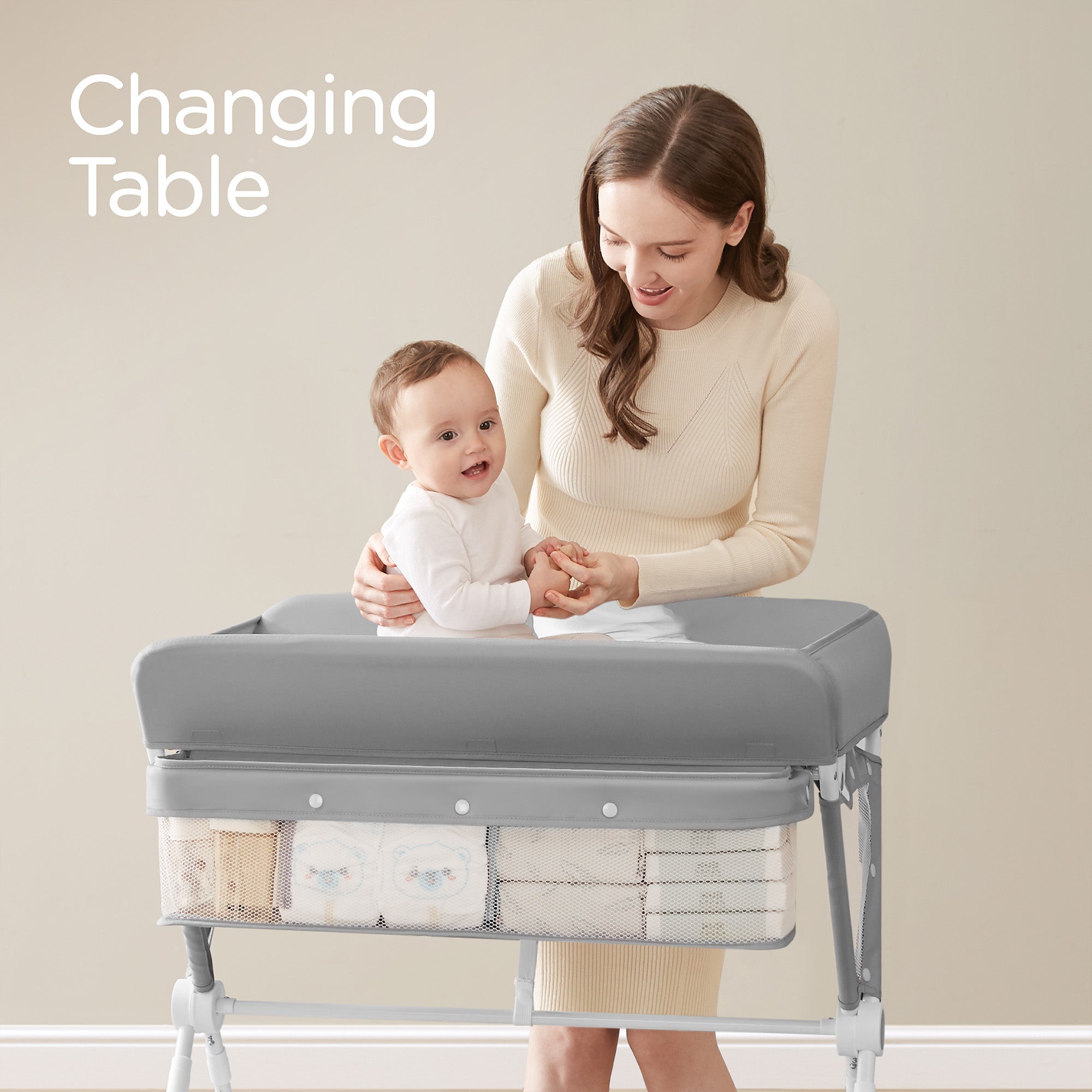
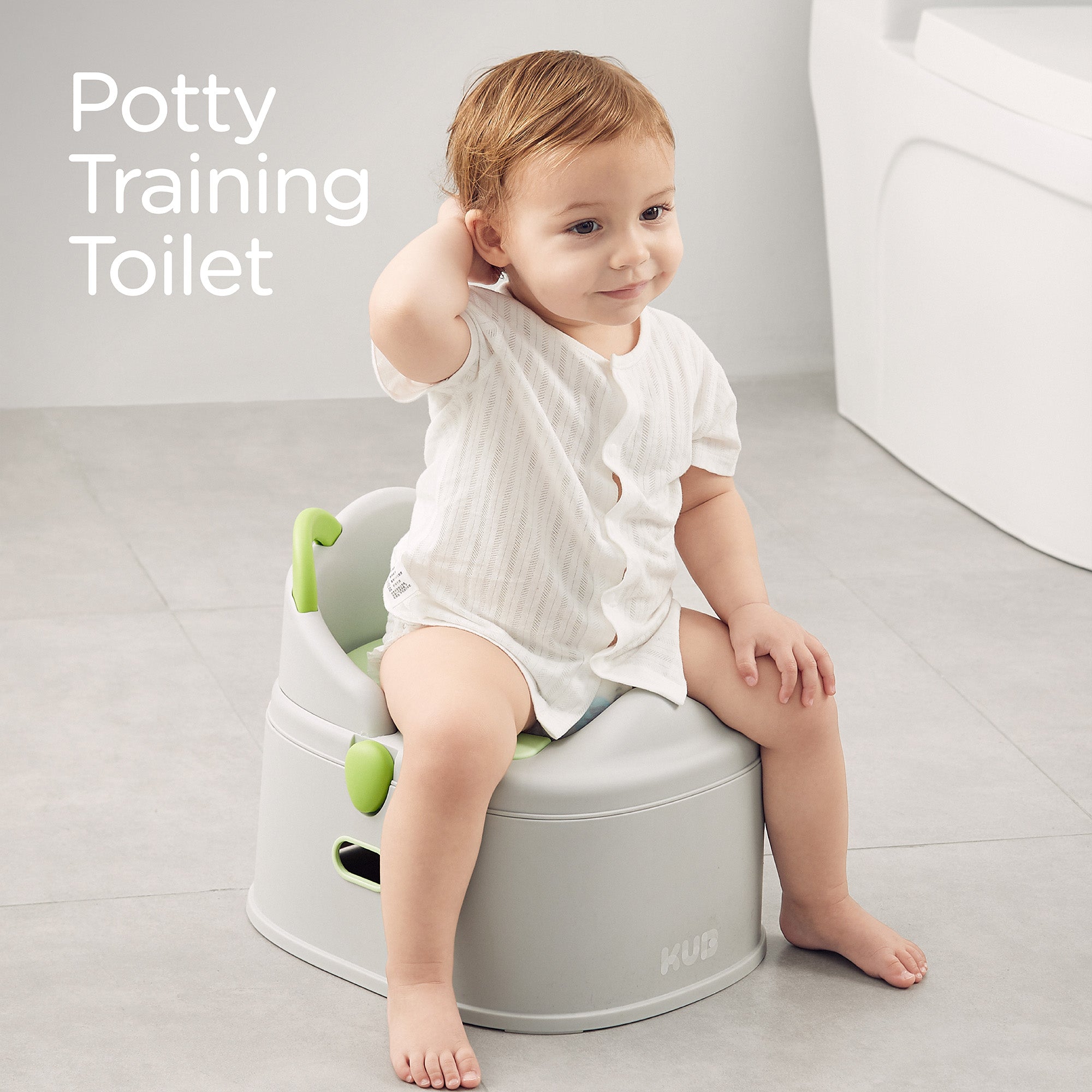

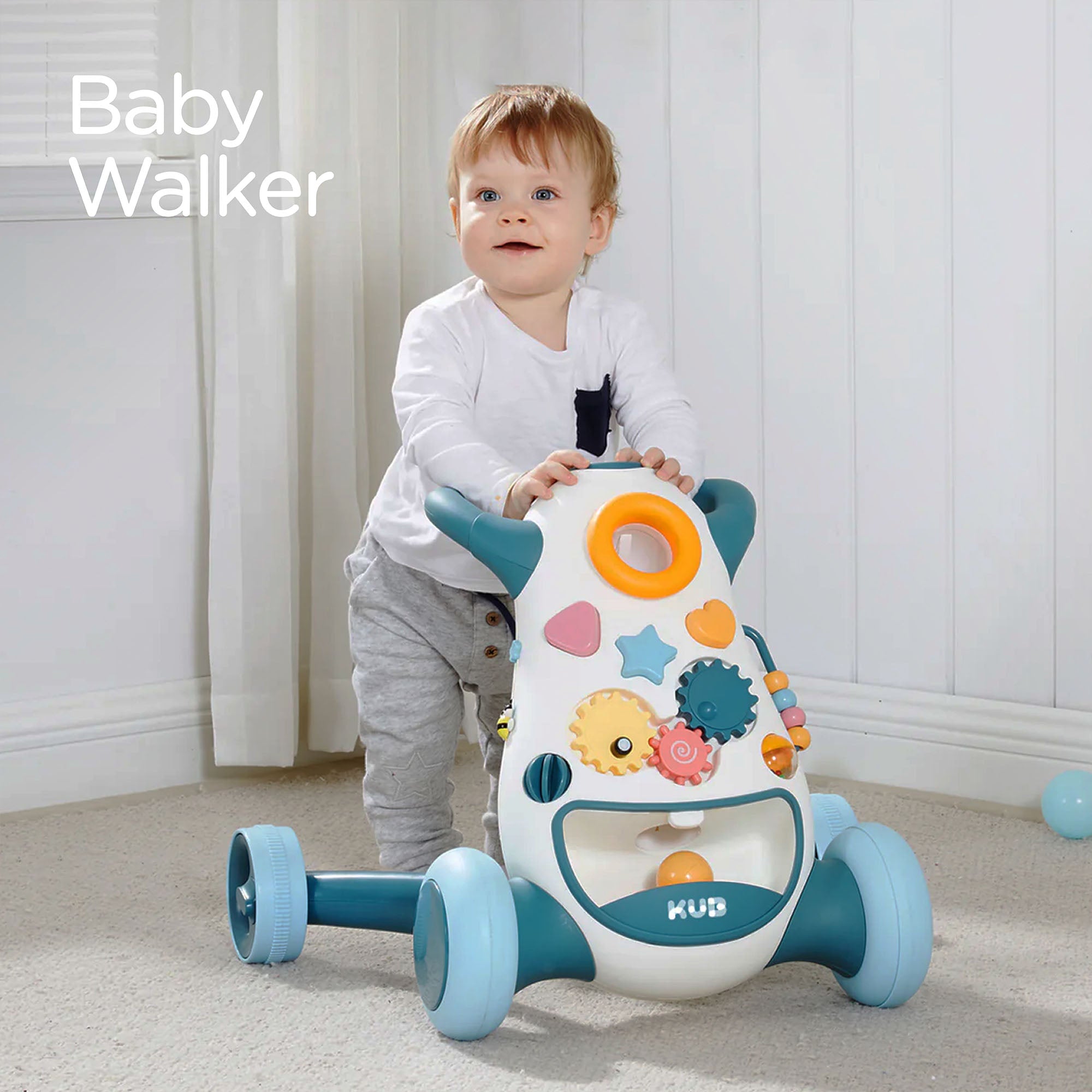
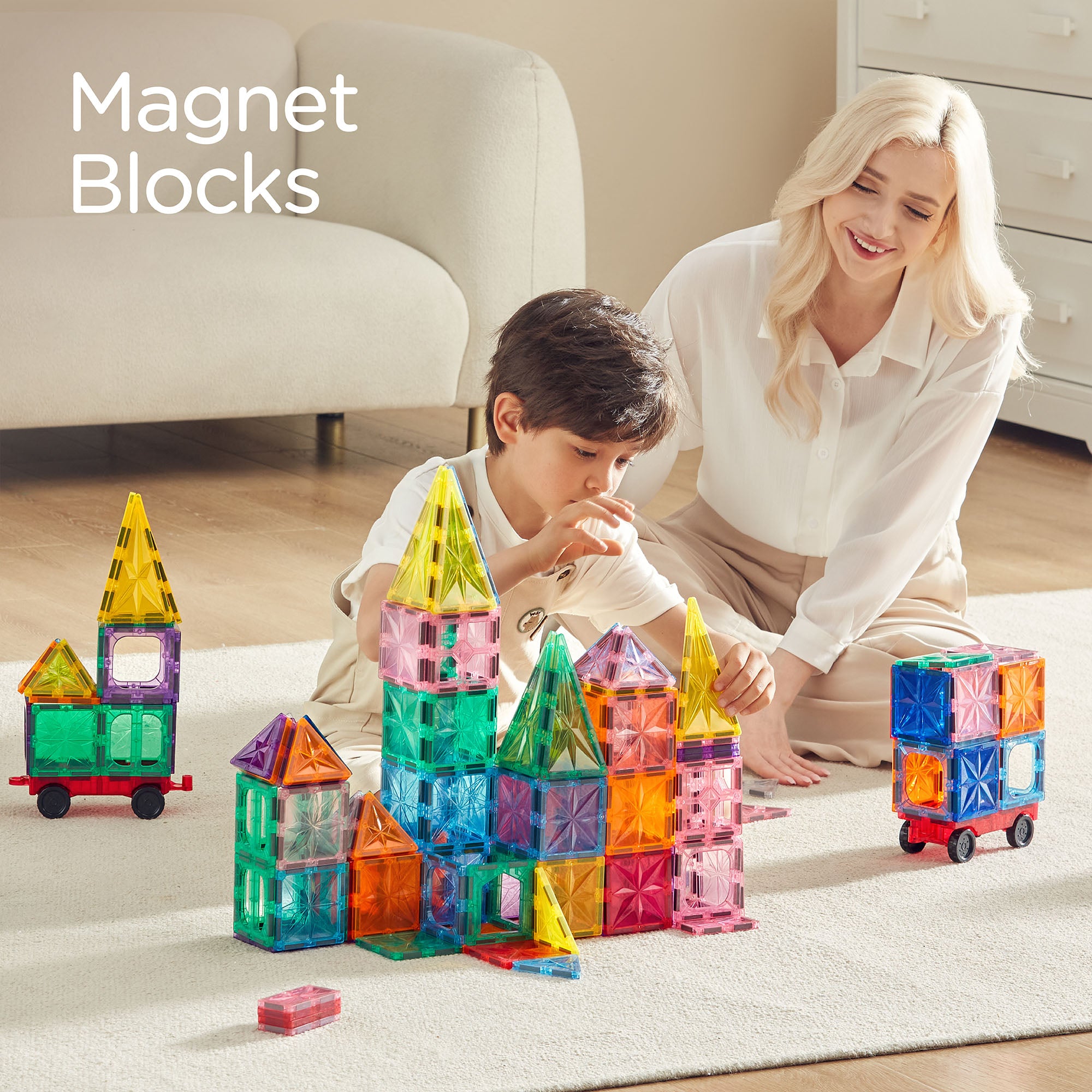

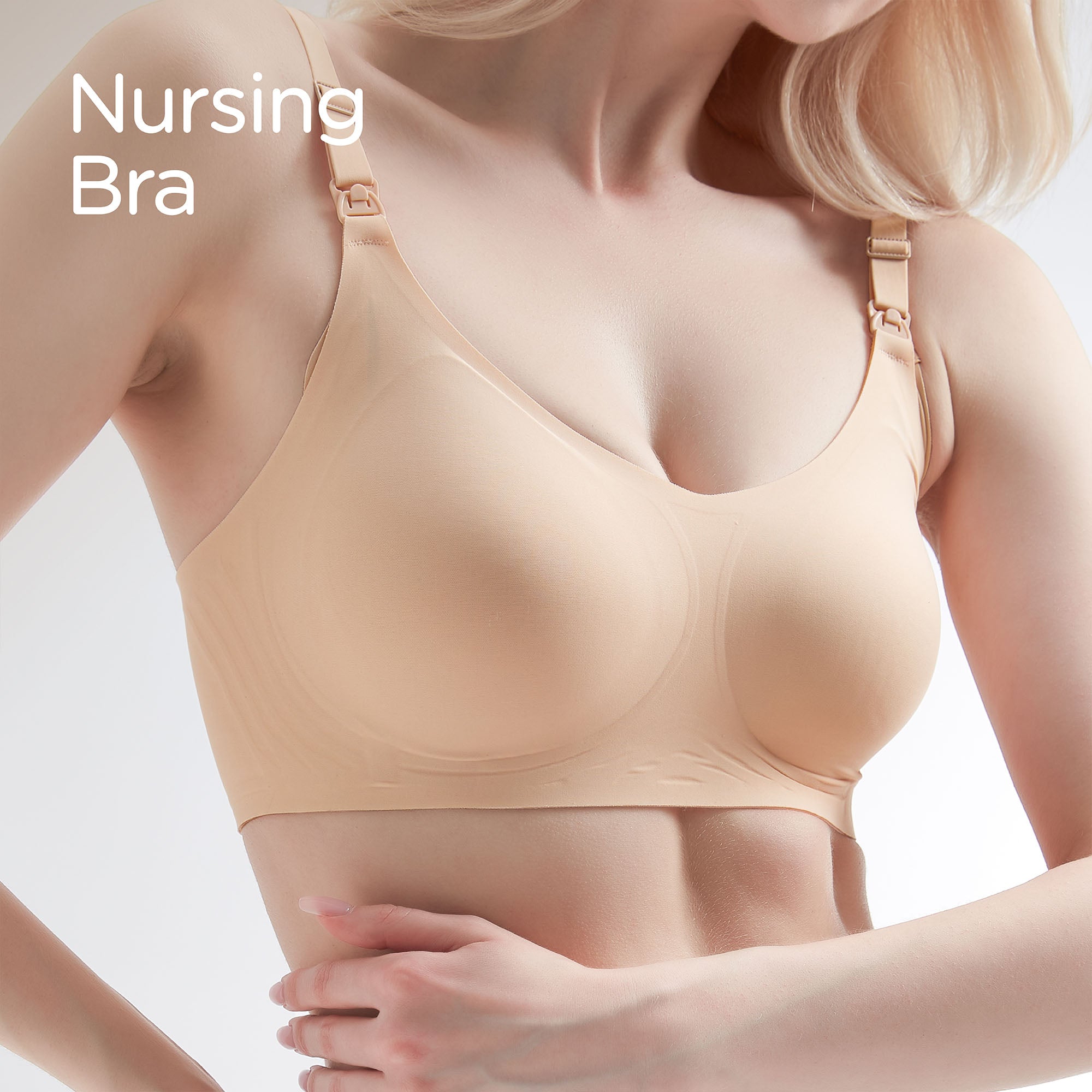
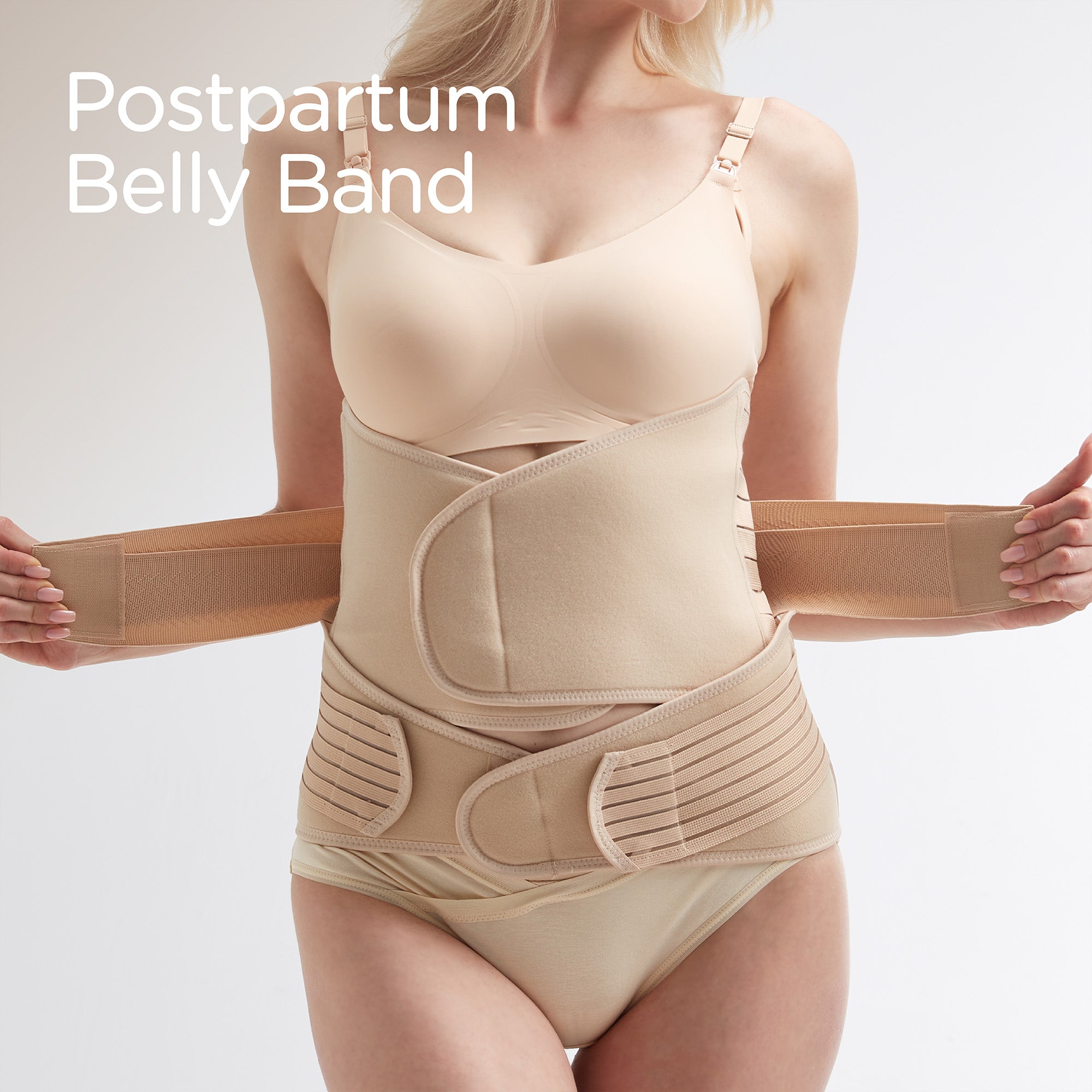
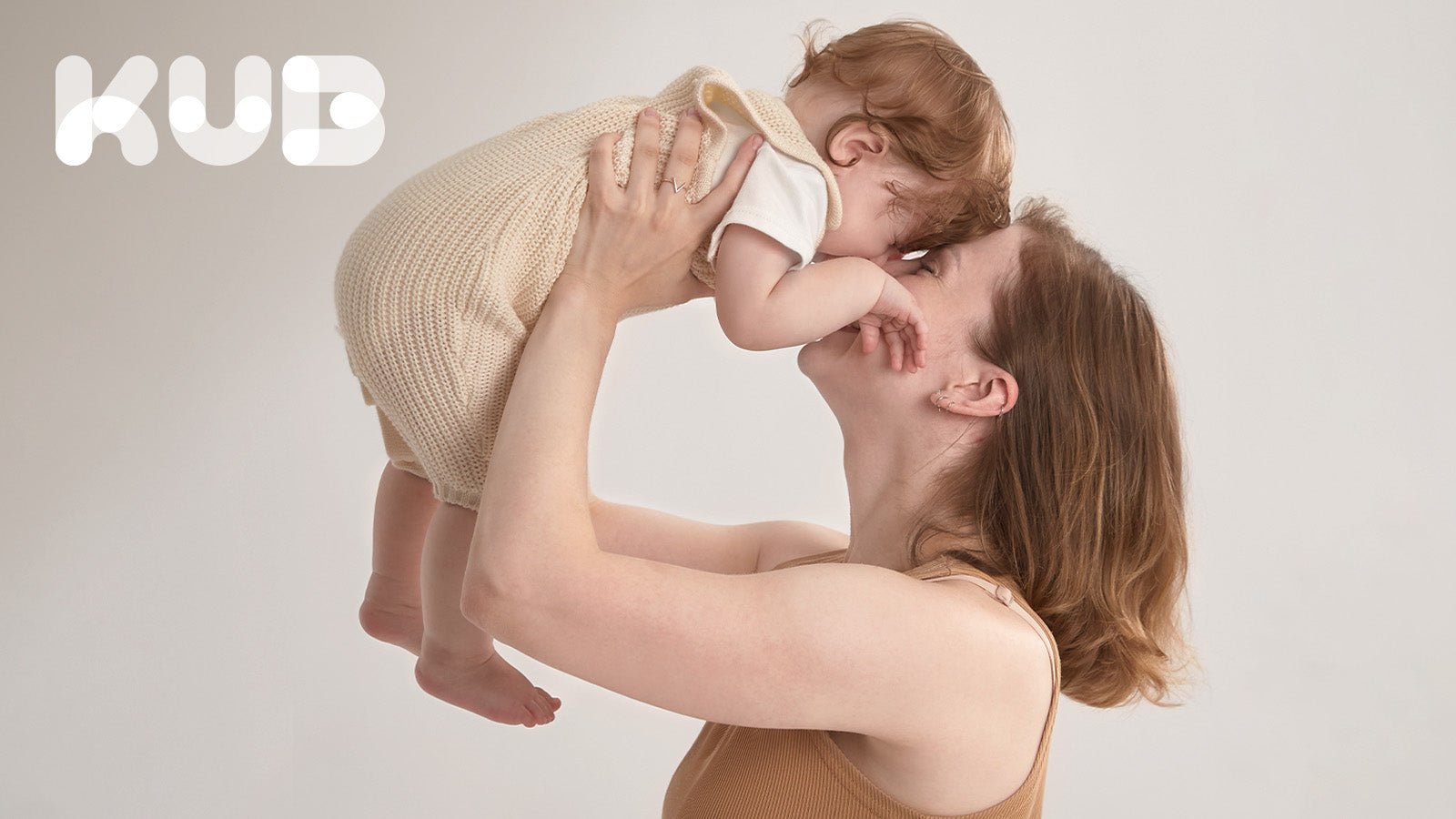
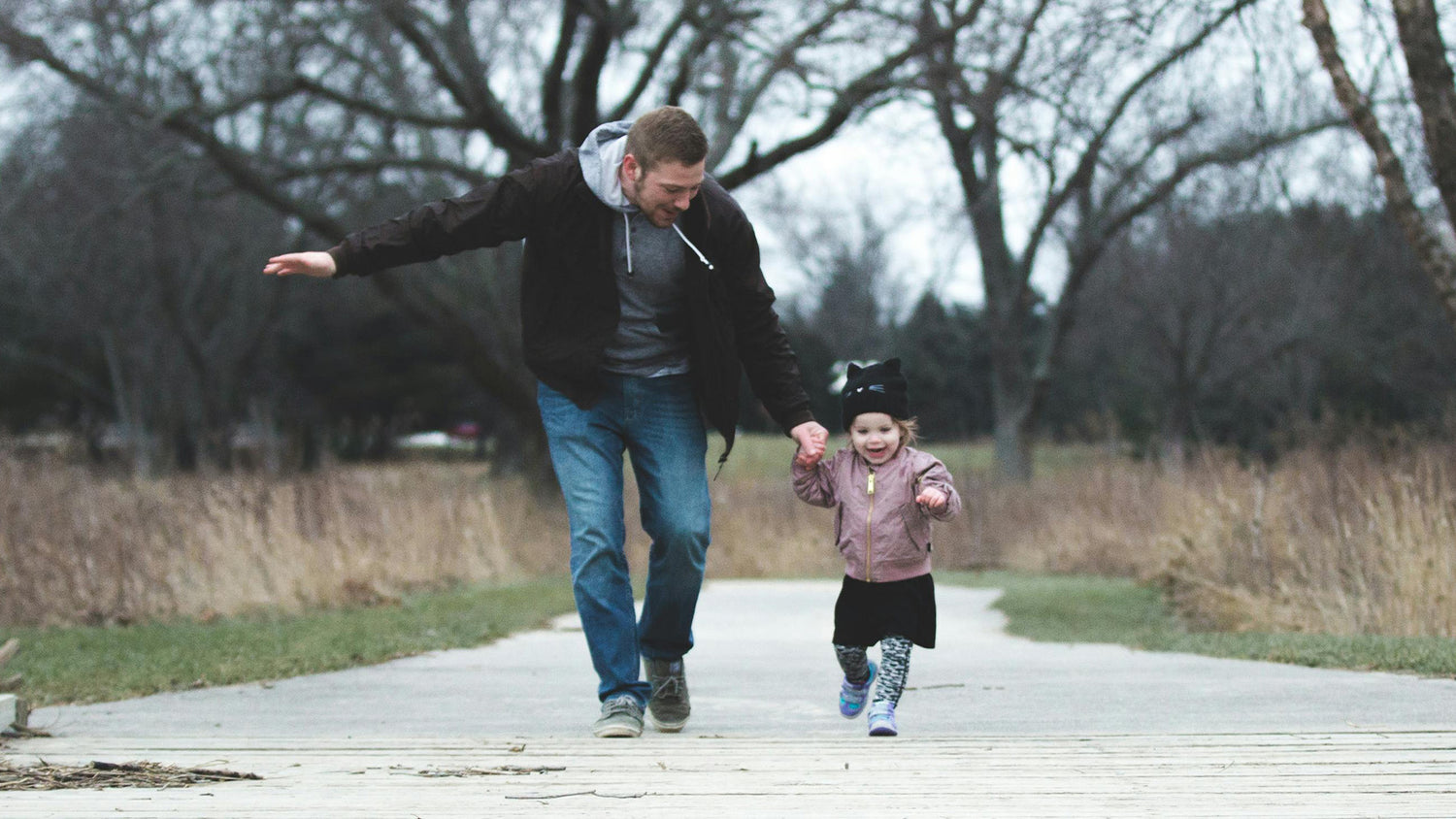

Leave a comment
All comments are moderated before being published.
This site is protected by hCaptcha and the hCaptcha Privacy Policy and Terms of Service apply.